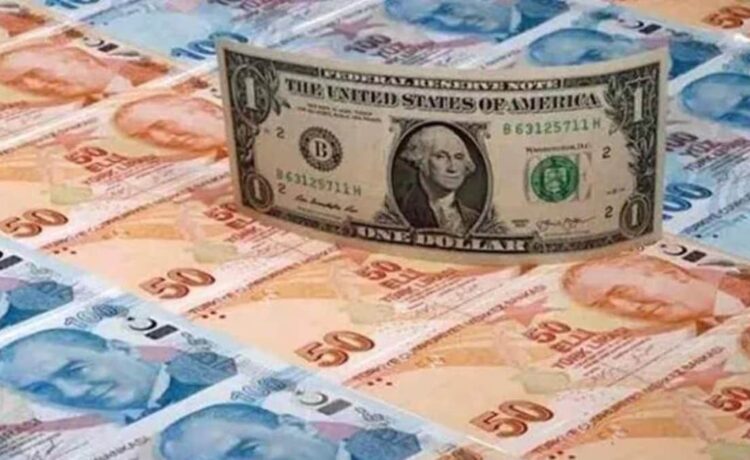The Indian rupee has breached an all-time low of 86 against the US dollar. The rupee depreciated to 86.44 against the US dollar in early trade on January 27, 2025, due to the strength of the American currency and a sluggish domestic equities trend.
Over the last year, the INR has depreciated by nearly 3.5% against the US Dollar, with much of the strength in the dollar index coming in the last 3-4 months. While a depreciating Rupee hurts Indian consumers as India services a huge import bill, there is a silver lining for the investors.
The simple way to benefit from falling Rupee is to hold dollar denominated assets. In an exclusive conversation with Financial Express Online, Nikhil Behl, CEO, Stocks, INDMoney, addresses why Indians should invest abroad and explains, using an example, how the INR-USD equation affects Indians’ portfolios that include US companies.
INR has been depreciating against USD. How does this impact Indians’ investments in the US stock market?
The US dollar index has been rising sharply and is nearing its decade highs on the back of a range of macroeconomic and political factors. The effect of this is seen in other global currencies which have weakened against the dollar including the India Rupee. This puts pressure on our domestic economy, markets and corporate earnings.
Indians who have diversified their investments by including US stocks have an added advantage due to the strength of the dollar. Since these investments are in US dollars, a stronger dollar means their value increases when converted back into Rupees. This diversification not only protects their portfolio from the weakening Rupee but also gives an extra return, reinforcing the importance of diversifying your investments globally.
For example, if a user invested Rs 1 lakh each into a US stock and an Indian stock a year ago, both yielding a 20% gain, the Indian investment would now be worth Rs 1.2 lakh. However, the US stock investment would grow to Rs 1.25 lakh, thanks to the strengthening of the US dollar. The additional Rs 5,000 gain is purely due to the dollar’s appreciation,
What has been the return in Nifty 50, BSE 500 and S&P 500 indices over the last 1-year? After considering the INR-USD depreciation, what is the return for Indians investing in US stocks?
Over the last year, the NIFTY 50 delivered a return of 5.81%, while the BSE 500 returned 8.90%. In comparison, the S&P 500 delivered a return of 24.84%. So the US markets outperformed by over 15%. (as on 16th Jan 2025)
In addition, when factoring in the INR-USD depreciation, Indian investors in U.S. stocks have seen an additional return of about 4%, as the strengthening U.S. dollar increases the rupee value of their investments. This currency impact further underscores the appeal of diversifying into U.S. equities for Indian investors.
Other than INR-USD equation, why should Indian investors consider investing abroad?
The ongoing INR-USD depreciation presents an opportunity for Indian investors to benefit from the U.S. dollar’s strength, especially in U.S. equities. But before diversifying into US markets, Indian investors should consider currency exchange rates, as fluctuations can affect returns. It’s also important to evaluate market conditions, economic growth outlook, and the regulatory environment.
US markets also provide access to sectors and geographies that are not well represented in the Indian market, offering diversification opportunities. Moreover, dollar appreciation can further boost returns and compound it over time.










